Back to Courses
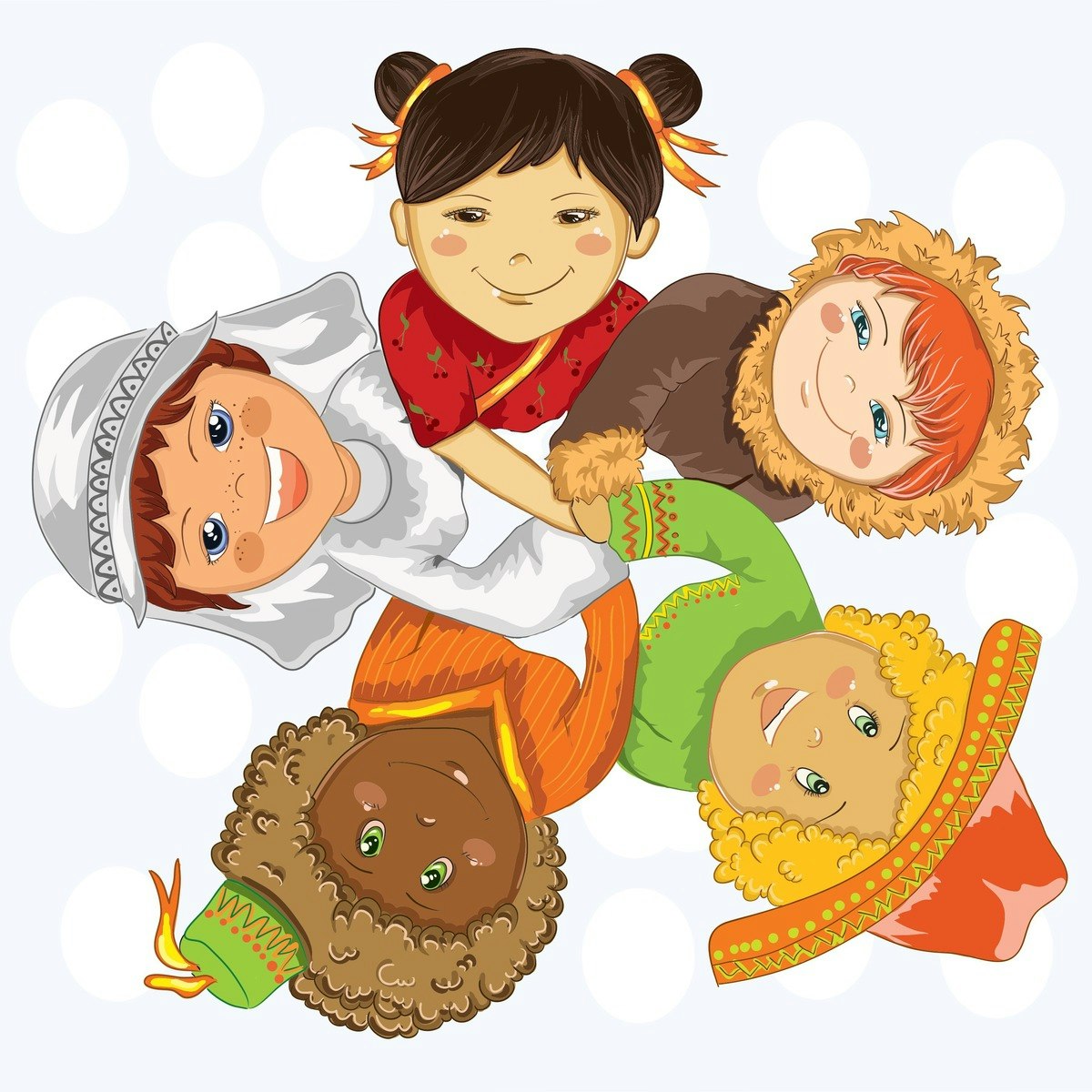

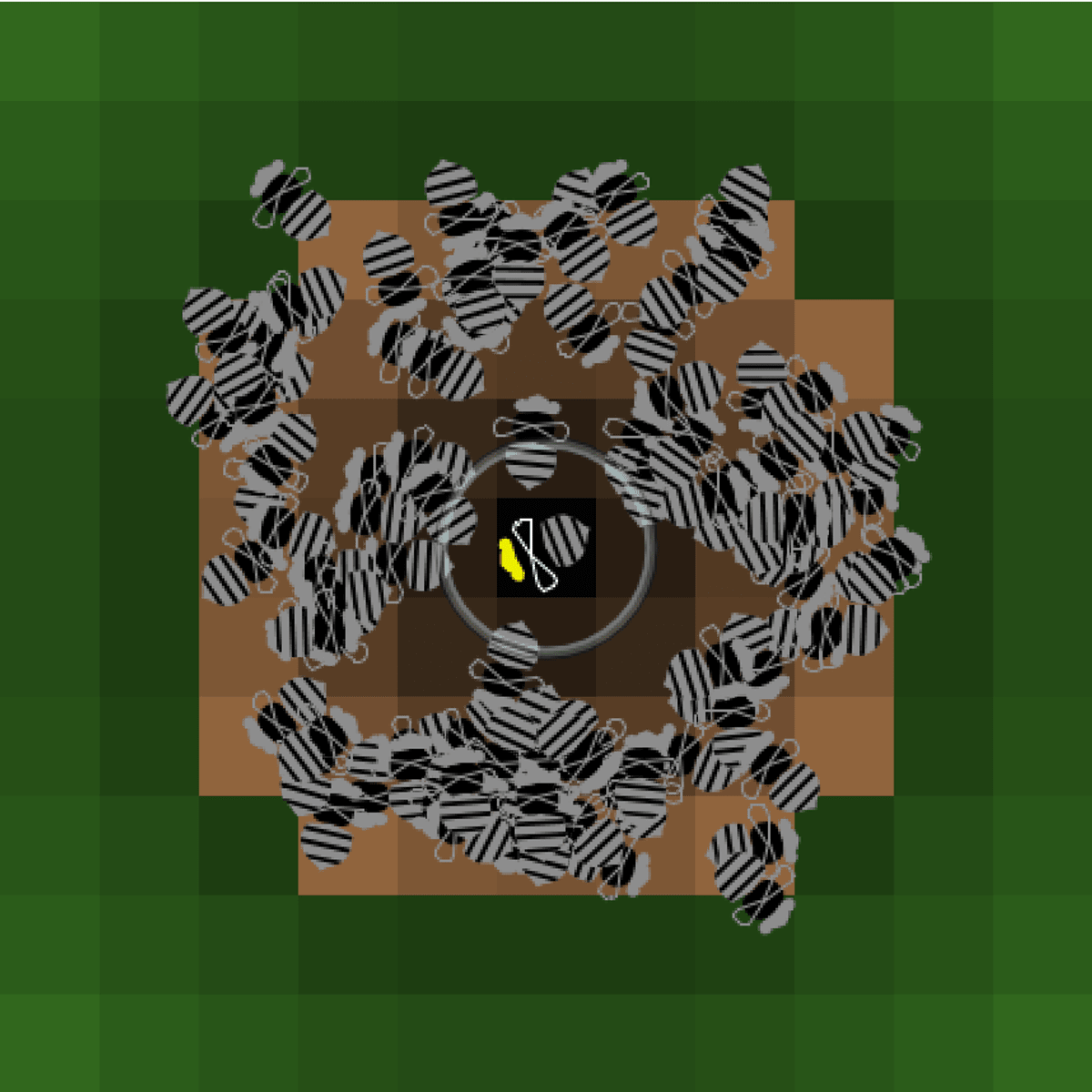


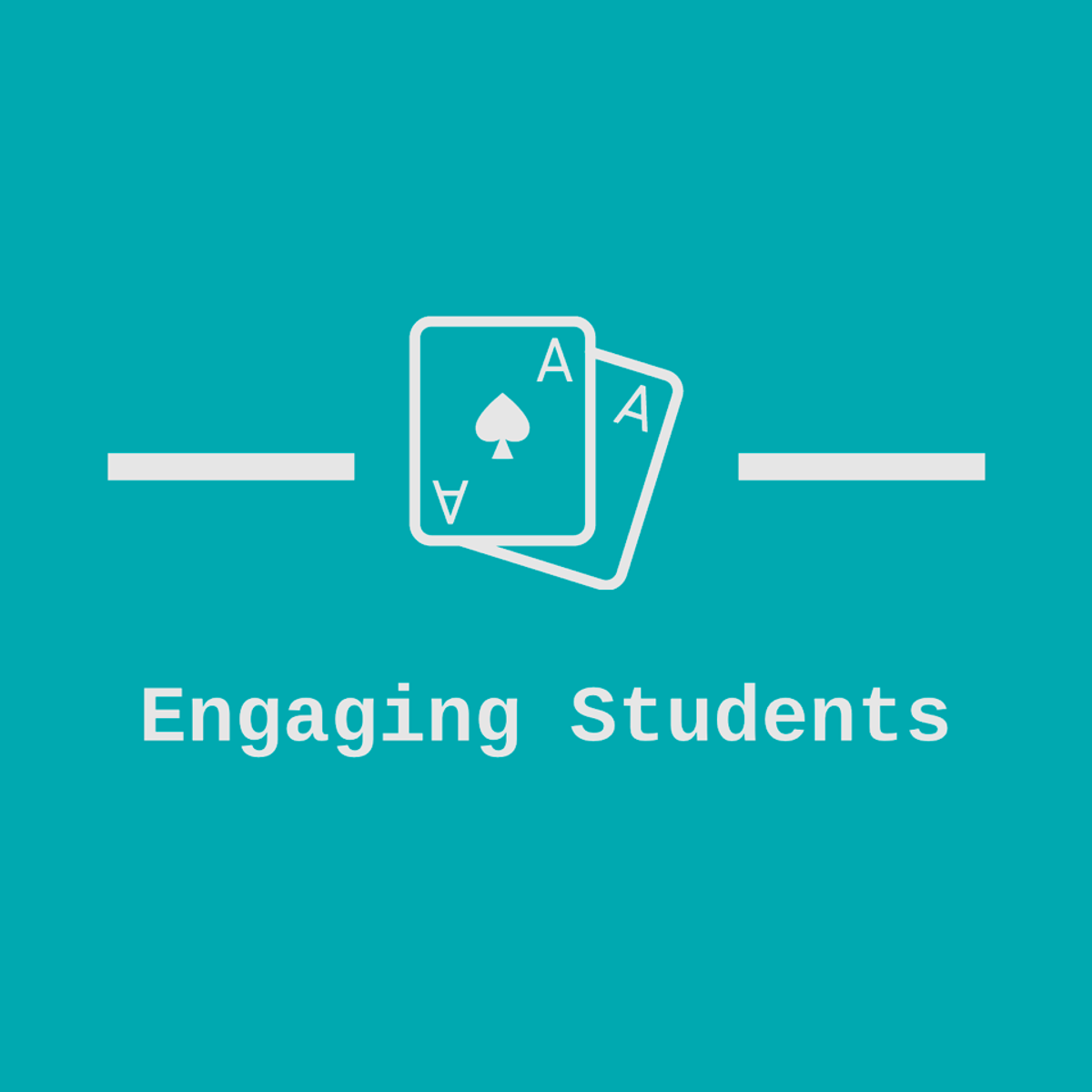
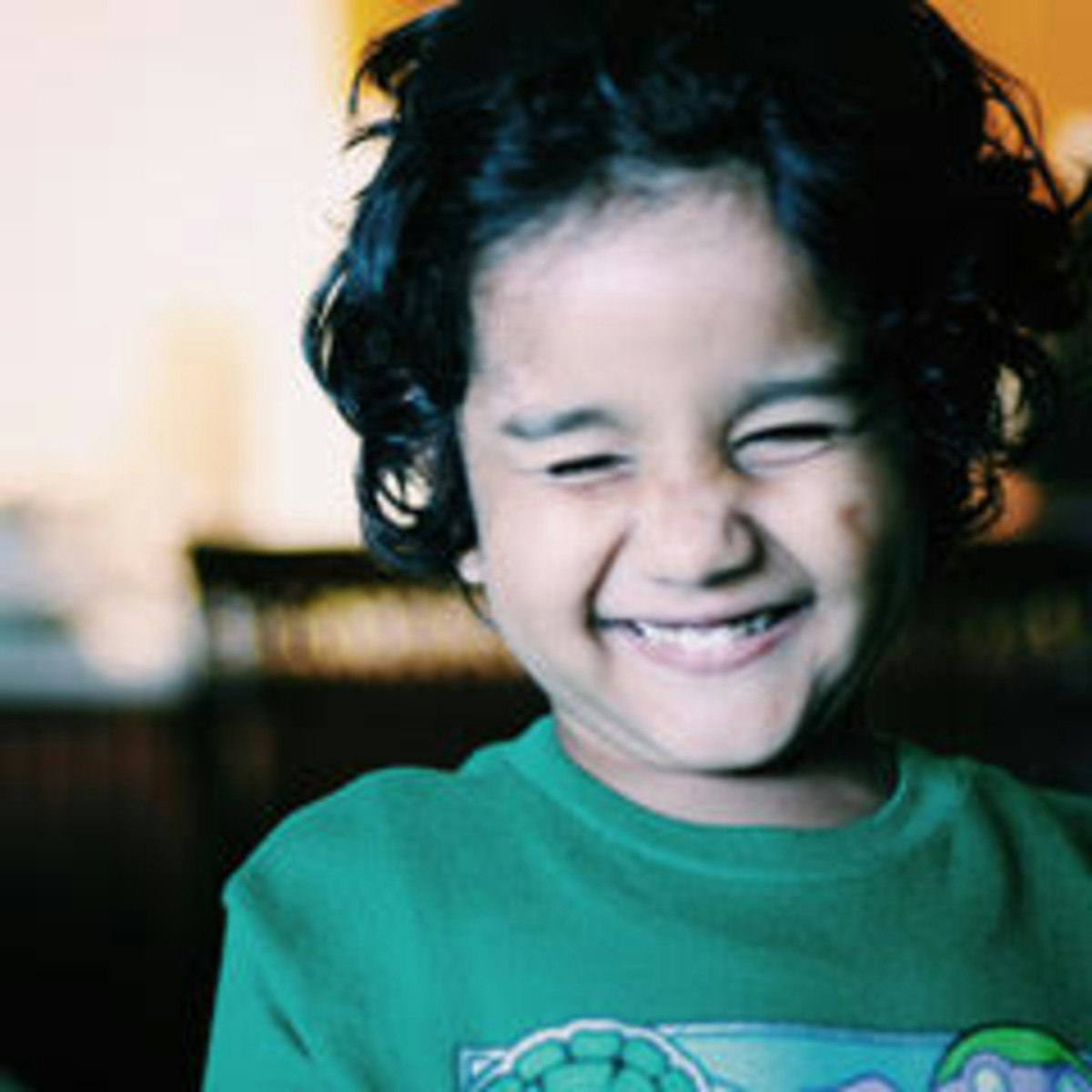
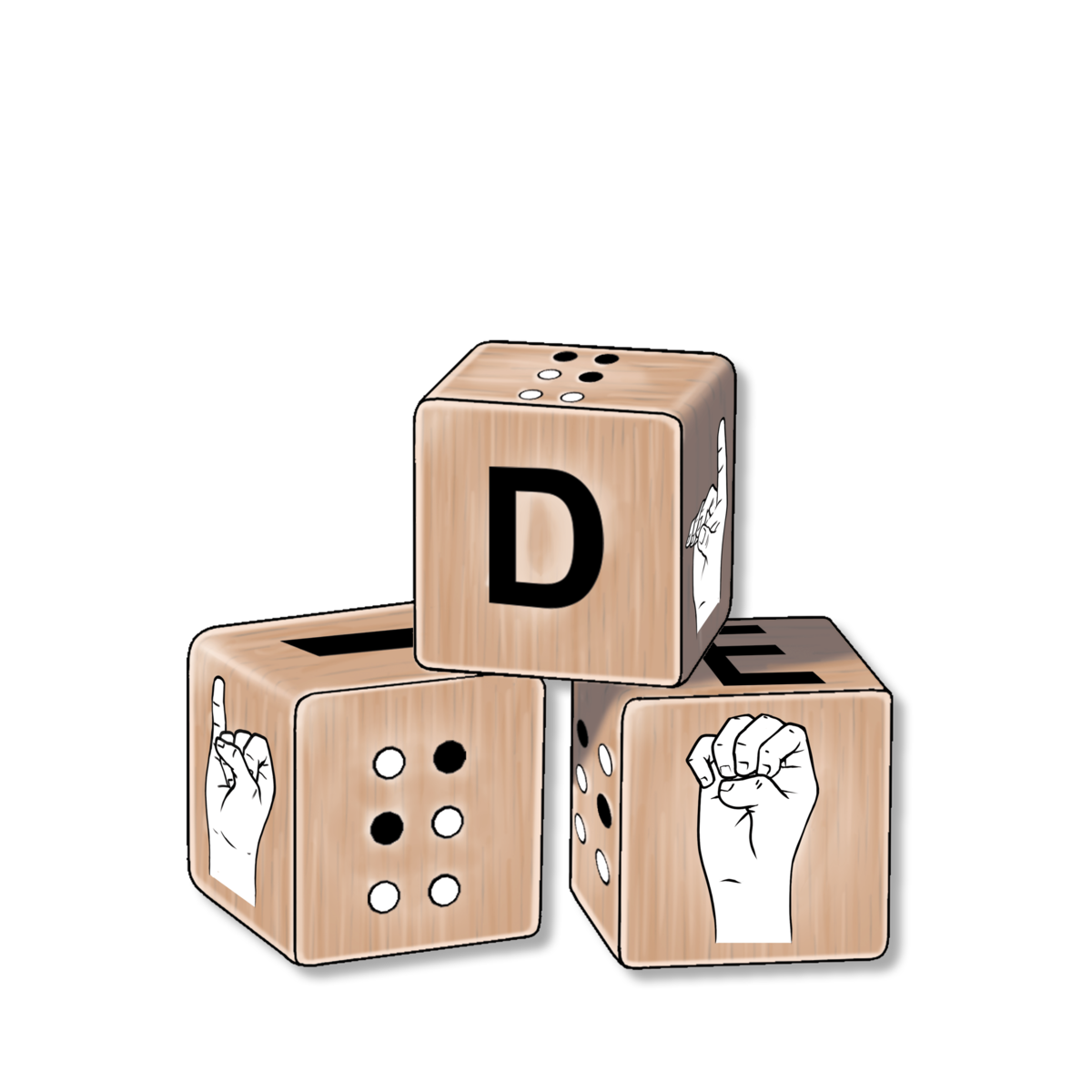
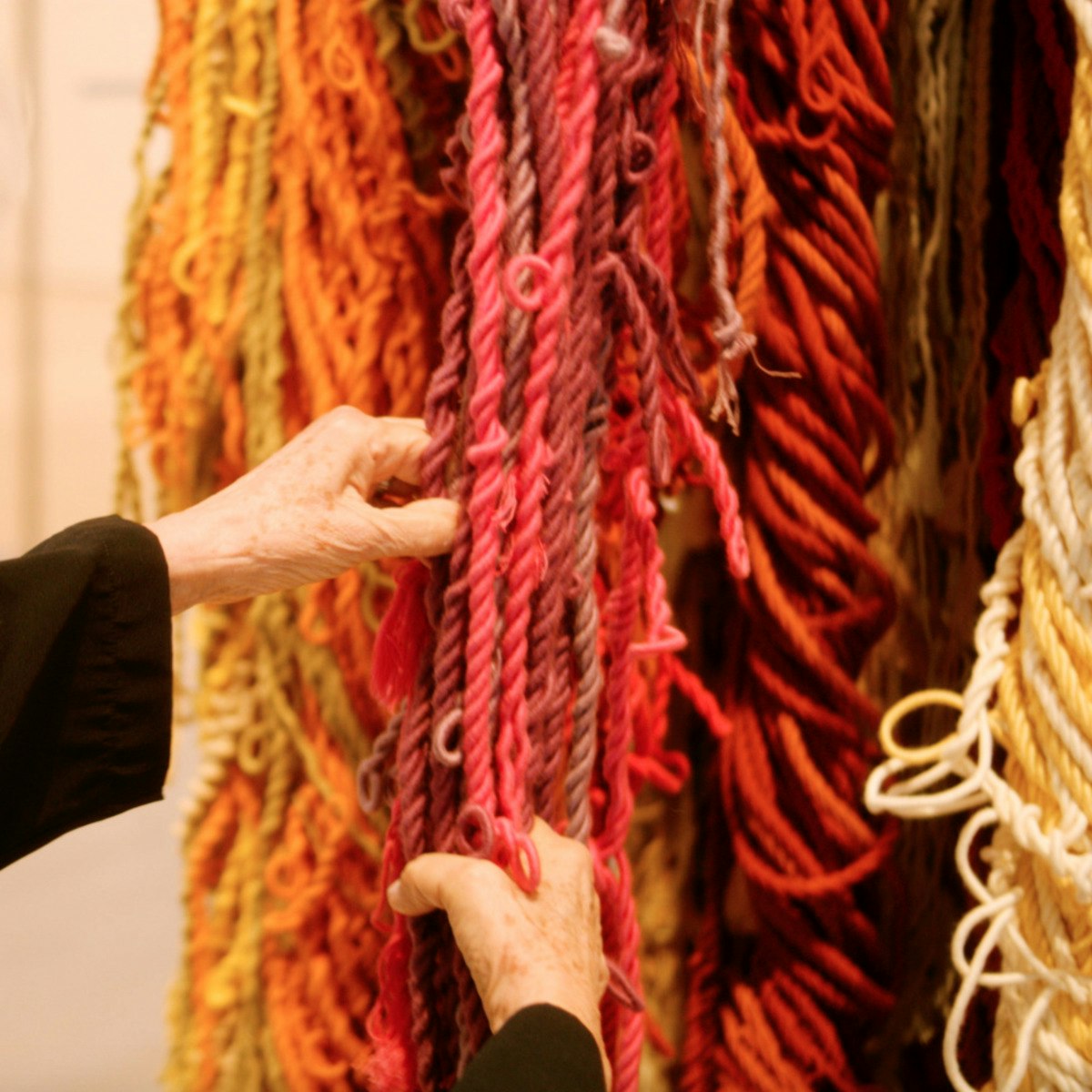
Education Courses - Page 25
Showing results 241-250 of 264

High Level Biocontainment for Healthcare Facilities
The goal of this 4-week course is to equip learners to safely care for a patient infected with a pathogen requiring high-level biocontainment. This can be accomplished in any healthcare facility given the correct approach and protocols.
Please copy and paste the following link into a new tab/browser to view the video overview of our course. http://bit.ly/2bPZ6Cz
In this course, we will:
1. Discuss the essentials of intake screening.
2. Investigate pathogen transmission characteristics and the chain of infection.
3. Examine patient placement in a facility, as well as the engineering/ administrative controls.
4. Review personal protective equipment worn by the care providers.
5. Evaluate waste management and decontamination protocols.
We look forward to exploring and learning with you!
Dr. Medcalf and University of Nebraska Medical Center Team
This project was funded by the Nebraska Department of Health and Human Services, Division of Public Health

Health and Safety of a Home-Based Childcare Center
This course is targeted toward individuals wishing to operate a safe and healthy family day care center, and it covers topics including staffing; creating a safe environment; nutrition; mental health & wellness; and emergency planning.
Since a Family Policy Handbook is essential for anyone operating a family day care center, this course includes the development of one of three imperative sections of the handbook. The remaining two sections are created in other courses of the Home-Based Childcare series available on Coursera.

Negotiating Learner Differences: Towards Productive Diversity in Learning
An investigation of the dimensions of learner diversity: material (class, locale), corporeal (age, race, sex and sexuality, and physical and mental characteristics) and symbolic (culture, language, gender, family, affinity and persona). Examines social-cultural theories of difference, as well as considering alternative responses to these differences in educational settings - ranging from broad, institutional responses to specific pedagogical responses within classes of students. The course also focuses on the application of learning technologies and new media to meet the needs of diverse populations of learners. Its main practical question is, how do we use educational technologies to create learning environments in which learning experiences can be customized and calibrated to meet the precise needs of particular learners? Topics include: universal design for learning, differentiated instruction systems, and adaptive and personalized learning environments.
--------------------------------
Related Resources
--------------------------------
Online resources are available here:
https://newlearningonline.com
--------------------------------
Join our Online Communities!
--------------------------------
CGScholar (Create an account and join the New Learning community)
https://cgscholar.com/community/community_profiles/new-learning/community_updates
Facebook
https://www.facebook.com/newlearningonline
Twitter
https://twitter.com/neolearning
--------------------------------
Take this Course for Credit at the University of Illinois
--------------------------------
This course has the same content and anticipates the same level of contribution by students in the Assessment for Learning course offered to graduate certificate, masters, and doctoral level students in the Learning Design and Leadership Program in the College of Education at the University of Illinois.
Of course, in the nature of MOOCs many people will just want to view the videos and casually join some of the discussions. Some people say that these limited kinds of participation offer evidence that MOOCs suffer from low retention rates. Far from it – we say that any level of engagement is good engagement.
On the other hand, if you would like to take this course for credit at the University of Illinois, you will find more information about our program here:
https://ldlprogram.web.illinois.edu/overview/
And you can apply here:
https://education.illinois.edu/epol/programs-degrees/ldl
--------------------------------
The Learning Design and Leadership Series of MOOCs
--------------------------------
This course is one of a series of eight MOOCs created by Bill Cope and Mary Kalantzis for the Learning Design and Leadership program at the University of Illinois. If you find this MOOC helpful, please join us in others!
e-Learning Ecologies: Innovative Approaches to Teaching and Learning for the Digital Age
https://www.coursera.org/learn/elearning
New Learning: Principles and Patterns of Pedagogy
https://www.coursera.org/learn/newlearning
Assessment for Learning
https://www.coursera.org/learn/assessmentforlearning
Learning, Knowledge, and Human Development
https://www.coursera.org/learn/learning-knowledge-human-development
Ubiquitous Learning and Instructional Technologies
https://www.coursera.org/learn/ubiquitouslearning
Negotiating Learner Differences: Towards Productive Diversity in Learning
https://www.coursera.org/learn/learnerdifferences
Literacy Teaching and Learning: Aims, Approaches and Pedagogies
https://www.coursera.org/learn/literacy-teaching-learning
Multimodal Literacies: Communication and Learning in the Era of Digital Media
https://www.coursera.org/learn/multimodal-literacies

Participatory NetLogo Simulations with HubNet
In this guided project you will learn how to use the HubNet technology from the NetLogo modelling environment. HubNet makes it possible to create participatory simulations where users can interact simultaneously in the same simulation using networked computers. By doing so, they are able to collectively enact the behavior of a system.
You will learn how to use HubNet in the context of the BeeSmart Hive Finding model, which has been created from the observations described in the book HoneyBee Democracy. Finally, you will be shown the first steps to design your own custom HubNet activities, modeled after phenomena you find relevant.

Basic Statistics in Python (Correlations and T-tests)
By the end of this project, you will learn how to use Python for basic statistics (including t-tests and correlations). We will learn all the important steps of analysis, including loading, sorting and cleaning data. In this course, we will use exploratory data analysis to understand our data and plot boxplots to visualize the data. Boxplots also allow us to investigate any outliers in our datasets. We will then learn how to examine relationships between the different data using correlations and scatter plots. Finally, we will compare data using t-tests. Throughout this course we will analyse a dataset on Science and Technology from World Bank. The measures in this dataset are numeric, therefore you will learn how to handle and compare numeric data.
This guided project is for anyone with an interest in performing statistical analysis using Python. This could be someone from a social science background with statistics knowledge who wants to advance their analysis, or anyone interested in analysing data.

Teaching Impacts of Technology: Global Society
In this course you’ll focus on how technology-enabled communication is changing geopolitics and, more broadly, how technology is connecting our world and changing lives. This will be done through a series of paired teaching sections, exploring a specific “Impact of Computing” in your typical day and the “Technologies and Computing Concepts” that enable that impact, all at a K12-appropriate level.
This course is part of a larger Specialization through which you’ll learn impacts of computing concepts you need to know, organized into 5 distinct digital “worlds”, as well as learn pedagogical techniques and evaluate lesson plans and resources to utilize in your classroom. By the end, you’ll be prepared to teach pre-college learners to be both savvy and effective participants in their digital world.
In this particular digital world (global society), you’ll explore the following Impacts & Technology pairs --
Impacts (Freedom of Speech): Internet in third world countries, censorship, and social media
Technology and Computing Concepts: VPN, how Internet censorship works, metadata, tor
Impacts (Life Made Easy): Internet changing the way we live, travel, autonomous vehicles
Technology and Computing Concepts: Internet of things, how self-driving cars work
Impacts (Keeping Your Information Secure): two-factor authentication, PINs, Patterns, fingerprints, apple ID
Technology and Computing Concepts: DDoS attacks and Botnets, man-in-the-middle attacks, dangers of public Wifi, phishing, ransomware, bitcoin
In the pedagogy section for this course, in which best practices for teaching computing concepts are explored, you’ll learn about the principles of the computer science advanced placement exam, how it assesses students, and how to prepare your students for this critical exam.
In terms of CSTA K-12 computer science standards, we’ll primarily cover learning objectives within the “impacts of computing” concept, while also including some within the “networks and the Internet” concepts and the “data and analysis” concept. Practices we cover include “fostering and inclusive computing culture”, “recognizing and defining computational problems”, and “communicating about computing”.

Creating Engaging Presentations with Mentimeter
By the end of this project, you will be able to use Mentimeter to create live polls, quizzes and more in order to check for student understanding. Whether you are teaching online or in person, Mentimeter has the tools you need to engage and assess your class. Once you are confident with using Mentimeter, you will be able to train your students as well. This will create greater independence and mastery of technology that will allow your students to share their learning in new ways.
*You will need a free trial of Mentimeter for this project.

Expanding SEL
Social and emotional learning, or SEL, programs have flourished in schools during the last decade. In this course the instructors (Emily Price and Ben Kirshner) introduce and help you examine community based and youth-empowerment approaches to social and emotional learning. Some of these approaches address the impact of social and political systems, such as immigration and structural racism, on children’s social and emotional experiences.
This course is a part of the 5-course Specialization “The Teacher and Social Emotional Learning (SEL)”. Interested in earning 3 university credits from the University of Colorado-Boulder for this specialization? If so check out "How you can earn 3 university credits from the University of Colorado-Boulder for this specialization" reading in the first module of this course for additional information.
We want to note that the courses in this Specialization were designed with a three-credit university course load in mind. As a participant you may notice a bit more reading content and a little less video/lecture content. Completing and passing the SEL Specialization allows the participant to apply for 3 graduate credits toward teacher re-certification and professional enhancement. We want to ensure the quality and high standards of a University of Colorado learning experience.
Interested in earning 3 graduate credits from the University of Colorado-Boulder for The Teacher and Social Emotional Learning (SEL) Specialization? Check out "How you can earn 3 university credits from the University of Colorado-Boulder for this specialization" reading in the first week of this course for more information.

Disability Inclusion in Education: Building Systems of Support
Worldwide millions of children are not able to fully participate in schooling, and this is especially a problem for children with disabilities. In this course, we explore the support that teachers need in order to meet the needs of children with severe to profound hearing, visual and intellectual disabilities. We consider how this can be done by talking with a range of experts (from teachers to activists) about inclusive education as well as sharing experiences of education.
Inclusive education is only possible if teachers are supported and empowered to make the curriculum accessible to all learners. The topics in this course cover developing disability confidence and what exactly children with specific impairments need to be able to learn. This includes sharing specific classroom strategies and teaching activities for learners who are D/deaf or hard of hearing, blind or have low vision or have a severe to profound intellectual disability. By the end of the course, you will be familiar with the impairment specific needs of learners with disabilities, and how to build systems of support for inclusive education.
You will be able to purchase a Verified Certificate if you wish to show evidence of your achievements, but this is optional, and you may apply for Financial Aid if you are unable to pay the certificate fee.
This course was developed as part of the project ´Strengthening teaching for Children with profound Hearing, Visual and Intellectual Disabilities in South Africa` co-funded by Christoffel-Blinden Mission (CBM) and the European Union.

What Is Contemporary Art?
What is contemporary art? In this course, you’ll consider this question through more than 70 works of art made between 1980 and the present, with a focus on art from the past decade. You’ll hear directly from artists, architects, and designers from around the globe about their creative processes, materials, and inspiration.
Five themes serve as your guide: Media from Television to the Internet, Territories & Transit, Materials & Making, Agency, and Power. You’ll look at 3-D–printed glass and fiber sculptures, performances in a factory and a museum, painted portraits—as well as those made with artificial intelligence—and interventions into television and video games. And much more, all drawn from the collection of The Museum of Modern Art.
Come along as artists invite us into their studios, out into their neighborhoods, and to experiment with the materials they use. Not only will you develop a deeper understanding of how artists work today, you’ll also explore some of their many approaches to the pressing issues and questions of our time. By taking this course, you’ll gain confidence to look at contemporary art wherever you encounter it and make connections to your own life or creative practice.
Popular Internships and Jobs by Categories
Find Jobs & Internships
Browse
© 2024 BoostGrad | All rights reserved